हमारे महापुरुष (अंक 12): The Legacy of Devi Ahilya Bai: A Journey Along the Sacred Narmada River
Throughout her life, Ahilya Bai faced many storms, enduring all sorrows with great patience and calmness. She accepted every hardship as the will of the Lord, which was her spiritual strength.
Total Views |
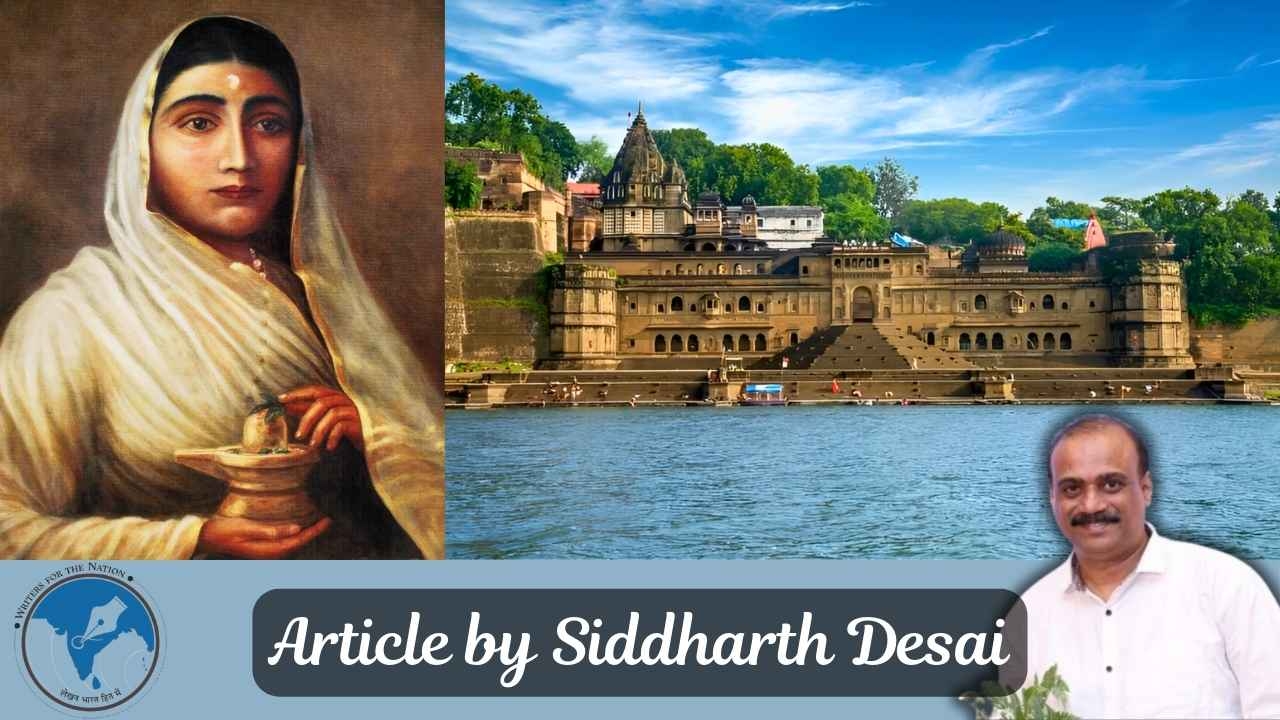
The Narmada River, one of the sacred rivers of India, is described in great detail in our religious literature, highlighting its importance and glory. The region of Malwa, located along the banks of the Narmada, has been a significant symbol of our cultural, historical, and religious pride. The Narmada is believed to perform the ablution of Lord Shiva's Jyotirlinga, and upon reaching Maheshwar, it salutes the ‘Shivatva’ surrounding it.
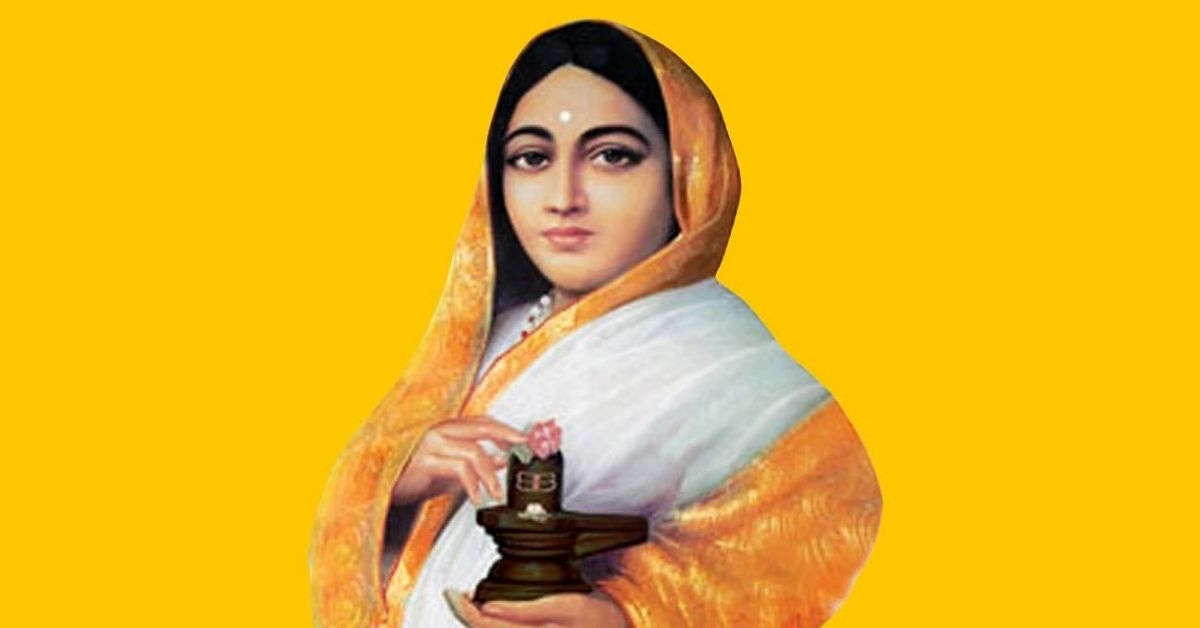
At one time, the Narmada became synonymous with Devi Ahilya Bai. Even today, Maheshwar's ghats narrate Devi Ahilya Bai's profound devotion to the river. Born on 31st May 1725 in a pious family in the village of Chandi, near Ahmednagar, Maharashtra, her parents were simple devotees who believed in worship and rituals. Ahilya Bai inherited qualities of simplicity, purity, and piety from them. Due to her exceptional upbringing, she has become a memorable figure in history.
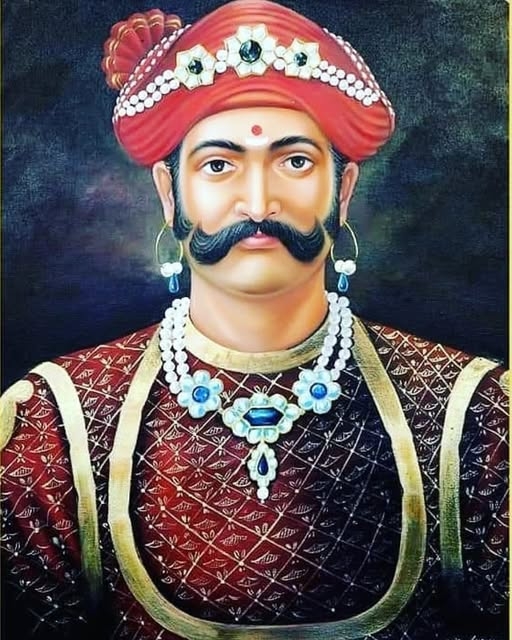
When the Maratha states were established in Malwa in 1732, the jagir of Indore was given to Maratha chief Malhar Rao Holkar, a valiant man who demonstrated extraordinary feats from Pune to Delhi and Attock. He founded the Holkar state through his courage and efforts. Ahilya Bai was married to Khanderao Holkar, the son of Malhar Rao Holkar.
Due to Malhar Rao Holkar's involvement in politics and warfare, he often stayed away from home. During this time, Ahilya Bai successfully managed all state affairs. Recognizing her extraordinary capabilities, he periodically taught her about state governance, military information, and challenges. Ahilya Bai became so capable that she began to efficiently govern in his absence and accompanied him to battlefields, contributing with great wisdom and courage.

Her exceptional management led to many important state letters and orders being issued in her name. She arranged the necessary funds and ammunition and had a son named Male Rao and a daughter named Muktabai. In 1754, Khanderao was killed in a battle against the Jat King Suraj Mal. Ahilya Bai and Malhar Rao mourned deeply over this incident. Although she initially wished to commit ‘sati’ and accompany her husband on his funeral pyre, she abandoned that thought after being persuaded by the villagers.
Ahilya Bai became a revered figure and took over the governance of the state with great wisdom and confidence. On 20th May 1766, Malhar Rao Holkar passed away. Following this, Ahilya Bai coronated her son, Male Rao, placing him on the throne while overseeing the administration herself. Unfortunately, shortly after taking the throne, Male Rao fell ill and died.
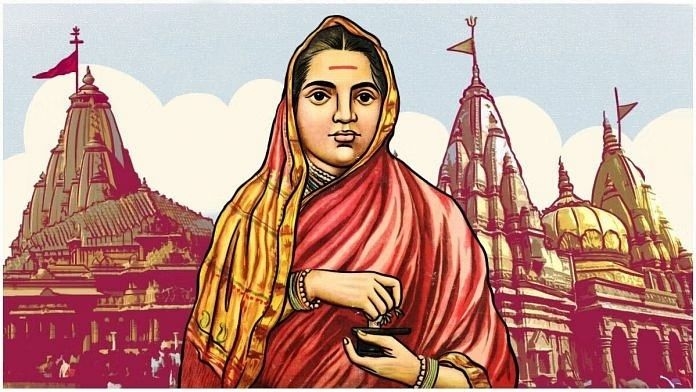
Ahilya Bai bore this grief with great patience and declared that she had taken full authority of the Holkar state into her hands. Every moment of her life thereafter was dedicated to the eternal happiness and welfare of humanity. The people trusted her as a selfless, philanthropic, and religious leader, thus providing her immense support.
Since Malhar Rao, Khanderao, and memories of Malwa were associated with Indore, Ahilya Bai shifted her capital to Maheshwar, located on the banks of the Narmada. Maheshwar was once the glorious city of Mahishmati, where the great Shankaracharya and Mandan Mishra had debated. Ahilya Bai conferred unparalleled importance and new life to this city, restoring ancient temples and inviting artisans from across the country to create various artistic works. It is said that the sound of chisels and hammers never ceased in her kingdom, captivating audiences with her art.
Ahilya Bai made significant contributions to the development of the textile industry in Maheshwar by inviting weavers from various places. By 1770, Maheshwar had become an important center, with its saris gaining fame throughout the country. The designs reflected the craftsmanship of the Maratha period and featured Malwiya colors.
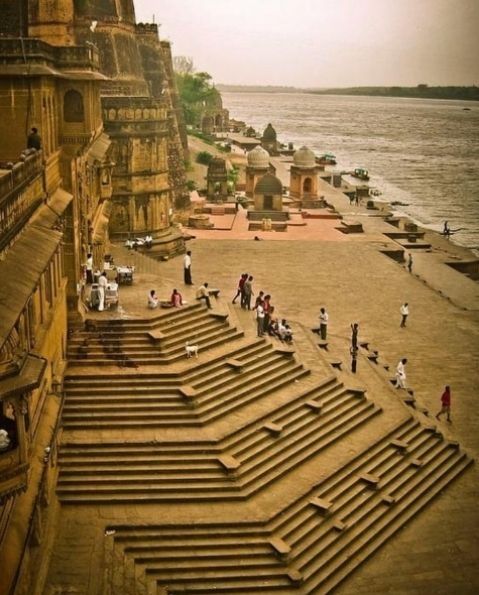
After establishing the capital in Maheshwar, Ahilya Bai constructed a massive fortification and main gate for security. However, her residence was simple and has been preserved in the same form to this day. In the courtyard of her house, there is a platform for worshiping Tulsi, where Ahilya Bai would sit and pray. Its design allows her to view the Narmada while seated.
A devotee of Shiva, she commissioned silver idols of him for all the temples in Maheshwar. The prayer room in her residence is preserved, where all her belongings remain intact. Gold thrones hold idols of Krishna and other deities, alongside silver jewellery pieces, Shivlings of various shapes from the Narmada, masks of Shiva, and items used for worship that can still be seen today. Visitors to Maheshwar come with great reverence to witness these treasures.
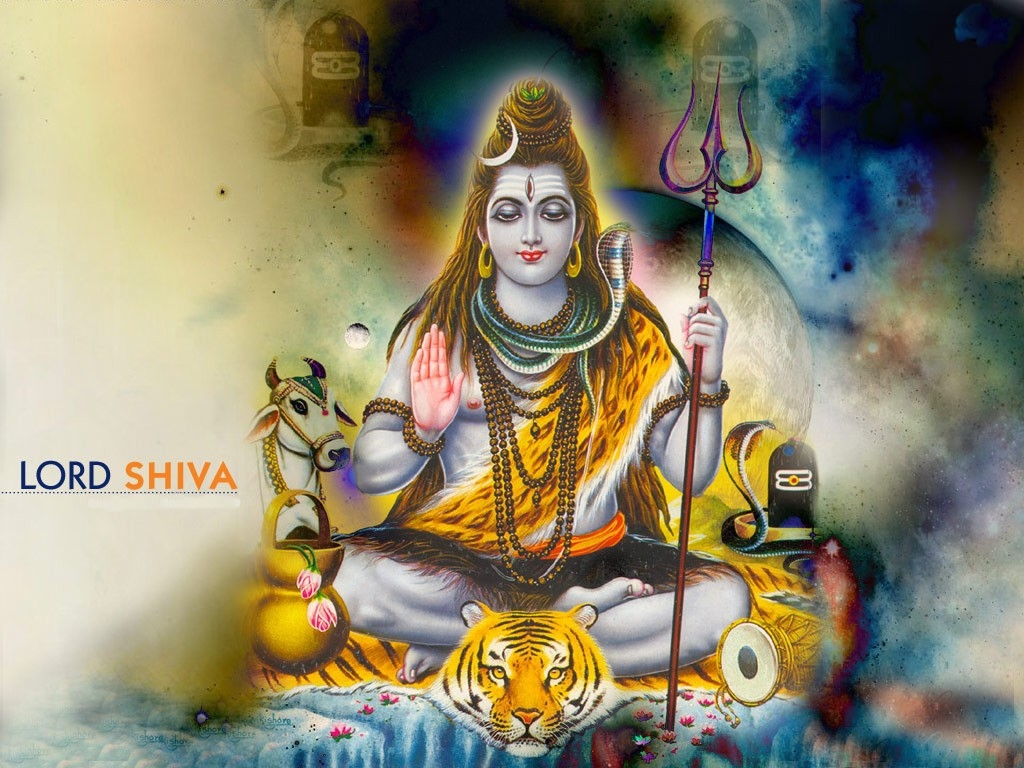
Ahilya Bai's religious consciousness was her true strength. She implemented religion in her life and regarded state affairs as part of divine worship. Declaring that the state belonged to Lord Shiva, she signed documents as Shri Shankar instead of Ahilya Bai, issuing all orders with his permission. Despite her wealth, grandeur, and fame, she remained detached and unpretentious, and her residence was perhaps the simplest royal palace in the world.
Ahilya Bai constructed several important temples in Maheshwar, including the replica of Kashi Vishwanath temple, which is still a center of worship for Shiva devotees. The temple of Shri Rajarajeshwar is another notable attraction. She also built beautiful ghats in many places, including Omkareshwar, Nashik, and Varanasi; however, the beauty of the ghats at Maheshwar is unparalleled, featuring numerous small temples, Shivlings, and Nandi at various spots, with beautifully crafted doors and walls that attract the eye effortlessly.
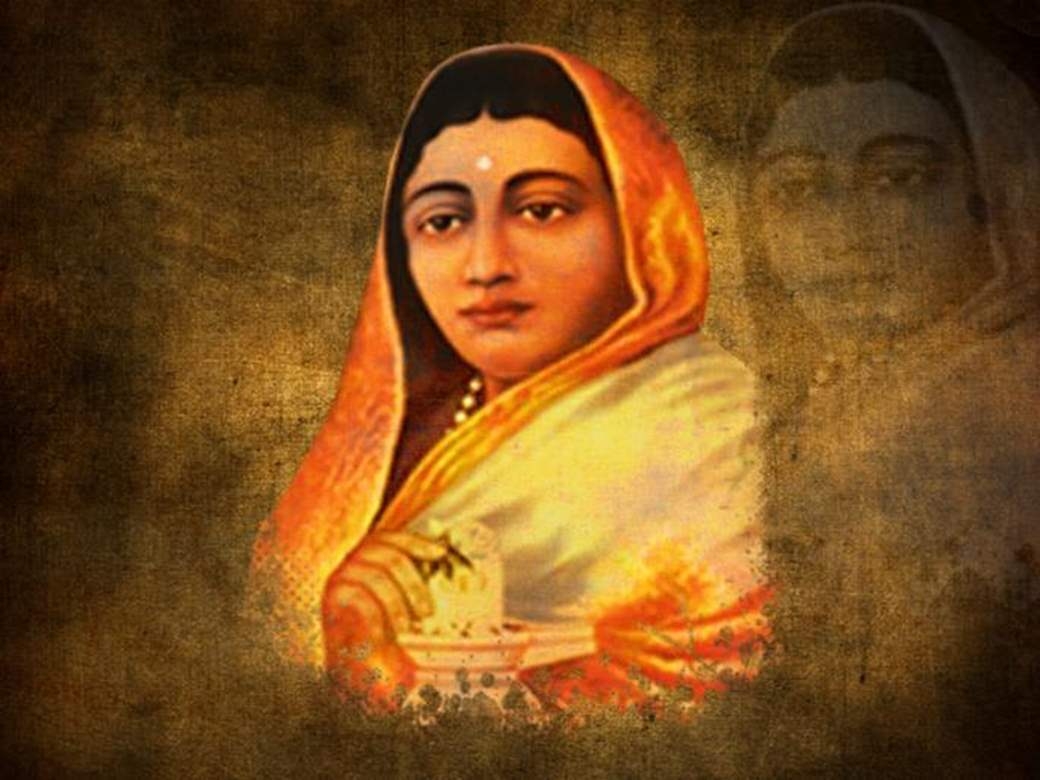
Throughout her life, Ahilya Bai faced many storms, enduring all sorrows with great patience and calmness. She accepted every hardship as the will of the Lord, which was her spiritual strength. Ultimately, on the 13th of August 1795, after performing her regular worship, she departed from her simple yet spiritually fulfilling residence. Her legacy continues to narrate tales of glory.
Every moment of Ahilya Bai's life symbolized religion, truth, and purity, making her existence profound and venerable. After her passing, her descendants built a grand chhatri (cenotaph) in her memory. The complex of the Ahilya Bai temple in Maheshwar is a unique example of Maratha-era architecture and craftsmanship, with border designs of Maheshwar's saris inspired by these artworks, showcasing the uniqueness of Maheshwar and the Marathi art style.
Ahilya Bai's life was dedicated to the eternal happiness and welfare of humanity. She gained power through her religious works across the country, living with simplicity and harmony. This is why, from then until now, Ahilya Bai has been revered as a goddess and mother by the people, becoming a venerated figure in history.
Article by
_202504251604483543_H@@IGHT_326_W@@IDTH_380.jpeg)
Siddharth Desai
Columnist - Writers For The Nation
Mumbai, Maharashtra

